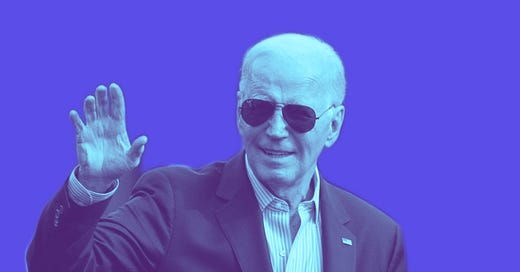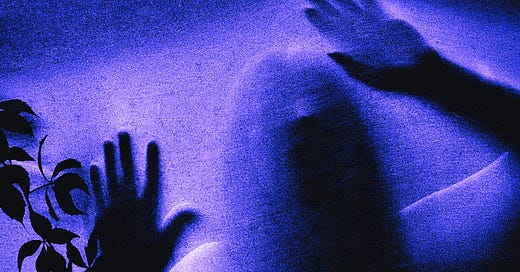Of Cowards, Self-Censorship, Comedy Central and the NY Times
As we all know, none of us, no matter what our religion, no matter how strong our faith, no matter if we are atheists with no faith at all – none of us! – is allowed to show images of any kind depicting the prophet Mohammad. To do so is to violate the rules of Islam, we’re told. And If images of Mohammad are shown, as they were in those Danish cartoons several years ago, we get world-wide riots, death and destruction. Hey, rules are rules, right?
Enter South Park.
The creators of the irreverent TV show that goes after every sacred cow you can think of, figured it would be funny to show Mohammad on TV without actually showing him. So they ran an episode about Mohammad coming to South Park, but he only “appeared” inside a U-Haul trailer and was only “shown” inside a Bear costume.
Pretty funny, huh? Not really, unless you consider a death threat funny. Turns out, someone from a New York-based Web site called revolutionmuslim.com posted a warning predicting that the show’s creators, Trey Parker and Matt Stone, would end up like Theo van Gogh, the Dutch filmmaker who was murdered in 2004 for his biting criticism of Islam. As was reported, “The writer, an American convert to Islam, didn’t technically threaten to kill them himself. His post, and the accompanying photo of van Gogh’s corpse, was just ‘a warning ... of what will likely happen to them.’”
The threat caught the attention of Comedy Central, the network that broadcasts South Park, whose executives decided not to rile up the crazies. They censored the prophet’s “appearances” and bleeped out every verbal reference to Mohammad.
Profiles in courage, these empty suits are not.
And then the whole sorry episode caught someone else’s attention: New York Times op-ed columnist Ross Douthat, who wrote about Comedy Central's cowardice. “In a way, the muzzling of ‘South Park’ is no more disquieting than any other example of Western institutions’ cowering before the threat of Islamist violence,” he wrote. “It’s no worse than the German opera house that temporarily suspended performances of Mozart’s opera ‘Idomeneo’ because it included a scene featuring Muhammad’s severed head. Or Random House’s decision to cancel the publication of a novel about the prophet’s third wife. Or Yale University Press’s refusal to publish the controversial Danish cartoons ... in a book about the Danish cartoon crisis. Or the fact that various Western journalists, intellectuals and politicians — the list includes Oriana Fallaci in Italy, Michel Houellebecq in France, Mark Steyn in Canada and Geert Wilders in the Netherlands — have been hauled before courts and “human rights” tribunals, in supposedly liberal societies, for daring to give offense to Islam.”
Douthat ended his op-ed with this: “This isn’t Weimar Germany, and Islam’s radical fringe is still a fringe, rather than an existential enemy.
“For that, we should be grateful. Because if a violent fringe is capable of inspiring so much cowardice and self-censorship, it suggests that there’s enough rot in our institutions that a stronger foe might be able to bring them crashing down.”
Douthat’s scathing attack on cowardice was right on the money. But I wonder if his colleagues at the Times caught the irony. Because to find another example of cowardice and self-censorship, Douthat has only to look to the New York Times’ own editorial page.
On February 7, 2006, when those Danish cartoons were sparking riots around the world, the Times ran an editorial saying, “The new York Times and much of the rest of the nation’s news media have reported on the cartoons but refrained from showing them. That seems a reasonable choice for news organizations that usually refrain from gratuitous assaults on religious symbols, especially since the cartoons are so easy to describe in words.”
That’s one way to put it. Here’s another: “We here at the Times are cowards who are deathly afraid to show those cartoons that are touching off riots because we fear the repercussions of radical Muslims – and to hell with news values.”
But just one day later – just one day! -- the very same New York Times ran a story about the power of images, about how they can touch off passionate, sometimes violent reactions. And in that story the Times published a picture of a painting called “The Holy Virgin Mary” which was on display at the Brooklyn Museum and was causing quite a stir -- because the painting showed Mary covered in elephant dung and pornographic pictures!
So much for the New York Times concern about offending people of faith, and it’s desire to “refrain from gratuitous assaults on religious symbols.”
I hope the gods who write editorials at the New York Times read their op-ed columnists attack on cowardice and self-censorship. I hope they see themselves in those words. But I know better.









